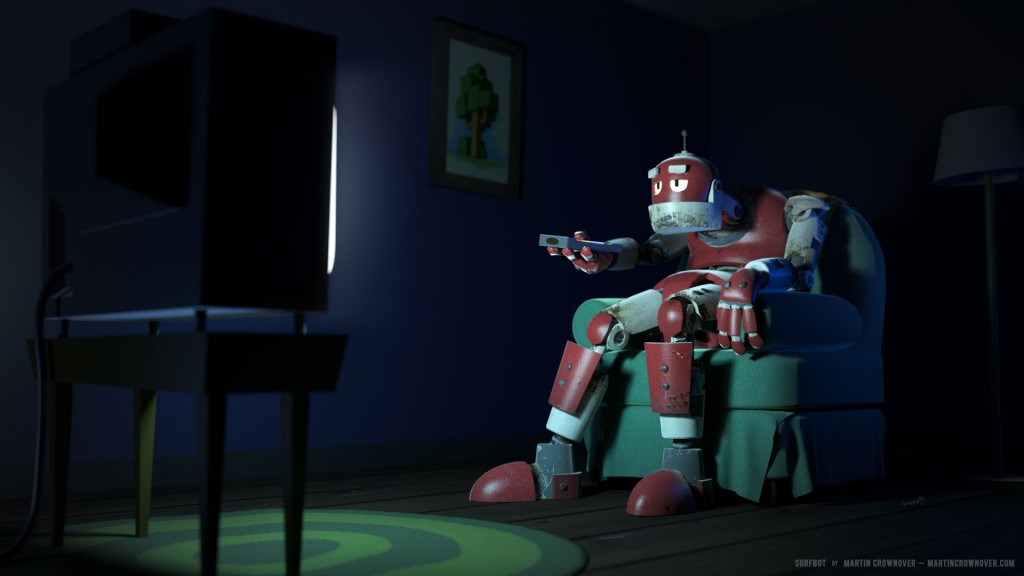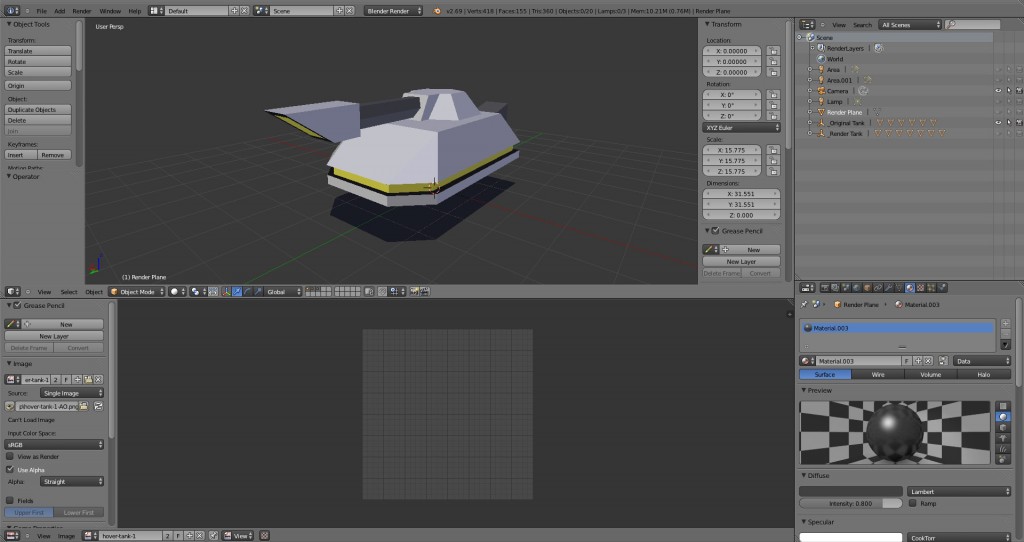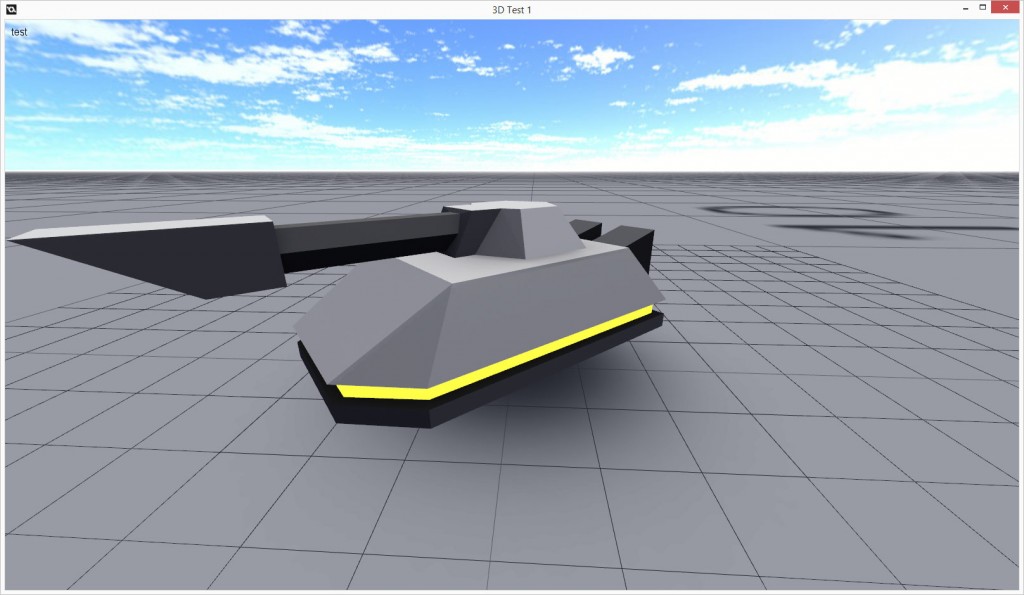Some of you might already know this, but back in September of this year, I ended my job at CytoSport, Inc. to pursue other interests. So far, things have been going well for me, and I have been doing a lot of interesting and challenging contract work. Much of that work has been in Blender, software which, at this point last year I'd barely touched. A lot can change in a year though, and as it happens, Blender is now one of my favorite pieces of software. It has completely replaced my ancient copy of trueSpace for 3D development.

I'm still in the process of learning more about Unity for game-making, but in the meantime, one piece of software which I still like to dabble with now and then is GameMaker. Though I never seem to have enough time for personal game-making as I'd like, I still get a kick out of firing up GameMaker: Studio and trying ideas out.
Recently, I've been bungling around with GameMaker's 3D graphics again. I know the program isn't suited for anything particularly grand when it comes to 3D projects, but I like it nonetheless. One issue I kept running into though was getting my 3D models out of Blender and into my game.
Traditionally (even as described in one of my tutorials) this is a somewhat convoluted process. One would have to make a 3D model, save it to a format one of the many 3D programs / scripts people have written over the years would read, and then use one of those to load the model directly into the game, or more often the case, convert the model to a format GameMaker would understand, and then load that into GameMaker in a separate step.
Along the way, all kinds of odd things had to be done, and the software one chose to use had to suit those needs. UV maps had to be flipped. Models needed to be rotated 90 degrees this way or that. Normals were often lost in translation or reversed. I often found that my models wouldn't turn out exactly right - somewhere in the process, the numbers describing the locations of the vertices in my models would get rounded off! Worse still, one had to jump through each of these hoops each time a model needed to be updated or added to the game. Slight revisions to geometry or UV map would take a long time to implement. In short, it was not a lot of fun.
So, with my recent work in Blender, and my lasting interest in GameMaker, I decided there had to be a better way to do all of this. I searched around for examples of export scripts for Blender, and after finding a suitable starting point and reading a little bit about Python, I cobbled together something that works much better than the convoluted mess I described above - I've crafted a nice little export script for exporting 3D objects directly from Blender to GML.

It wasn't a particularly hard project, and I'm sure the script lacks a lot of the finer points that someone who really knows what they are doing might have done, but it works, and I'm happy with it. And I'll have a link up on the site soon.
Basically, this new script will let you select an object in Blender, triangulated or not, and with about two clicks of the mouse, export it as a text file which contains all the GML code needed to create the model in GameMaker. If one wanted the model to exist externally from GameMaker but still in GameMaker's native model format (which is very quick to load), it would then be trivial to save the model and from then on, use the new external file.

A lot of credit for this script is owed to Jeff LaMarche for his work on a script he built for converting Blender models to a suitable format for Objective C/iOS development. I used his script as a template to write my own, and I could not have created this without his as a starting point.
Anyway, I'm going to have to write up a bit more about how to use the script, but I'll have it online soon. I hope that it makes it easier for people to get quality 3D graphics into their games!
2 Comments
It will be AWESOME!! if you are going to make hover tank in game maker: studio (2)
I’d like to, for sure! :)